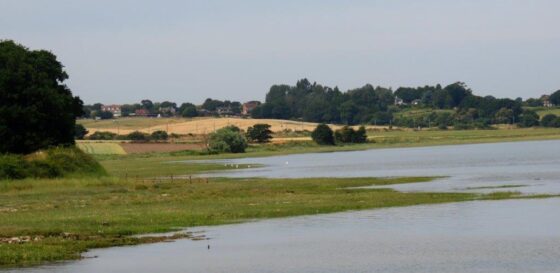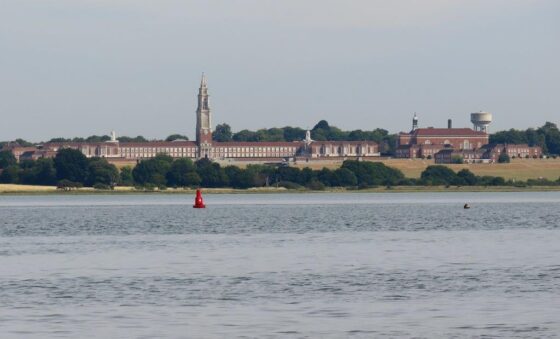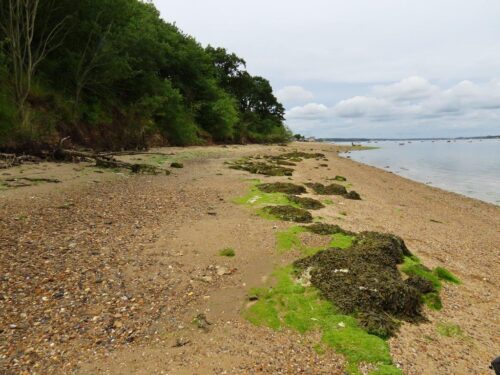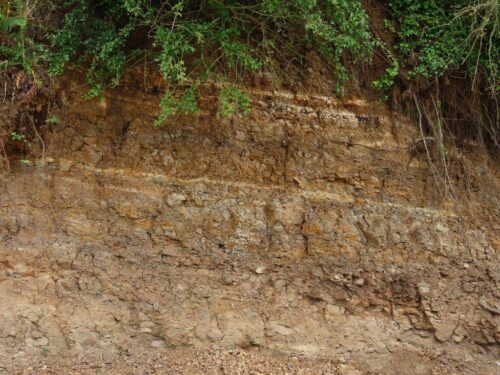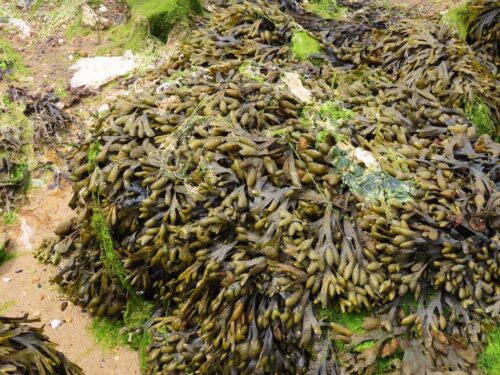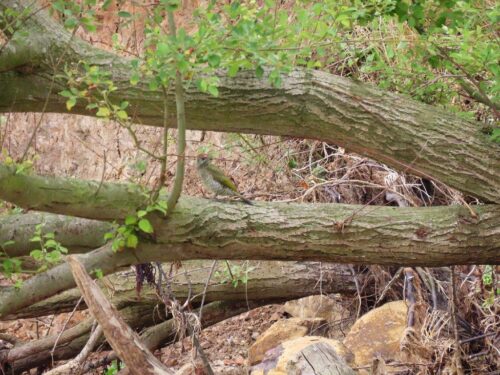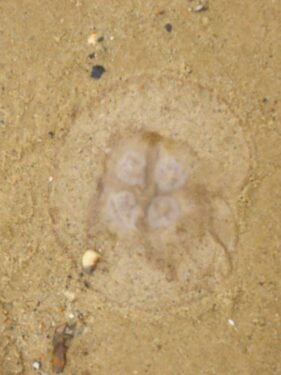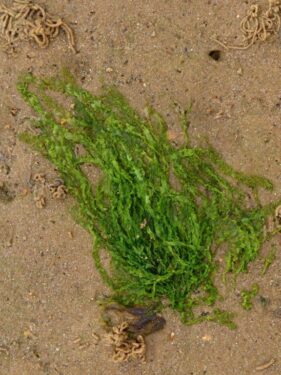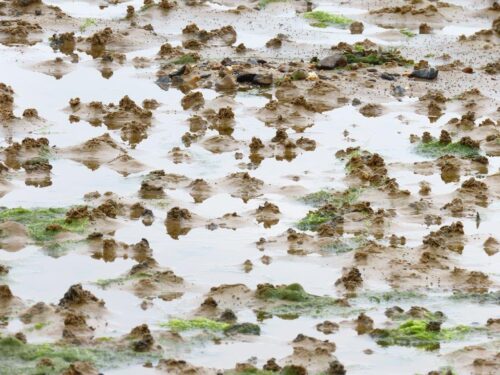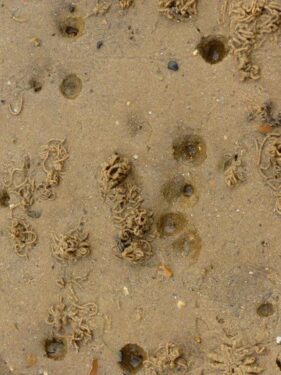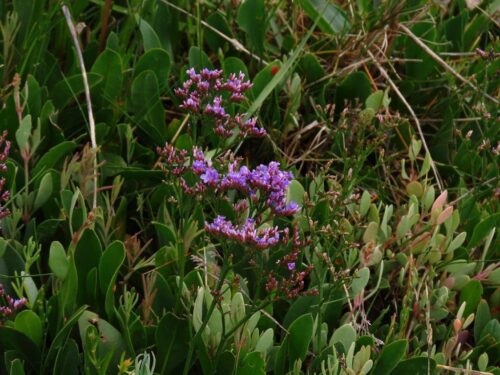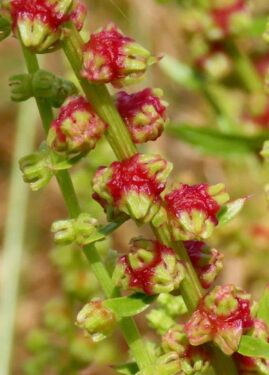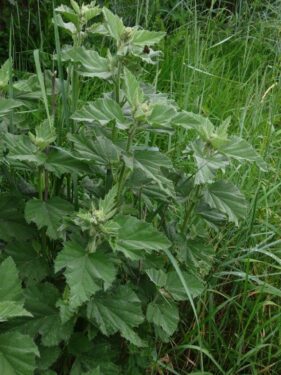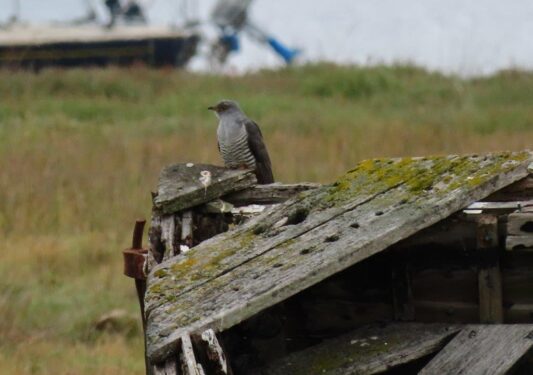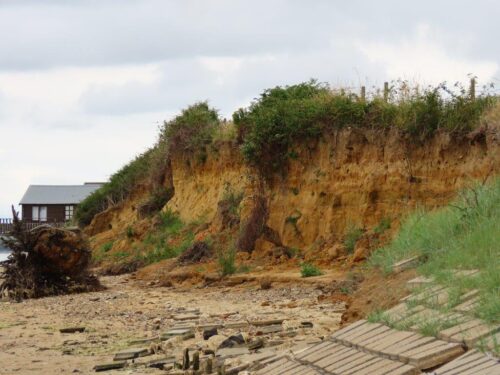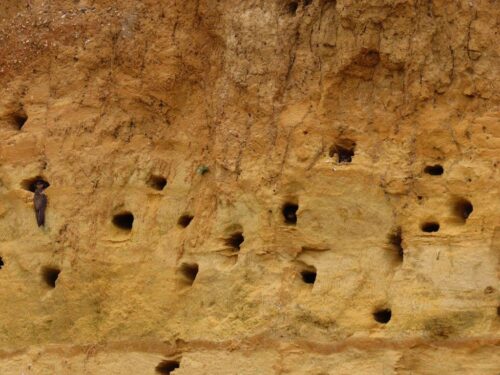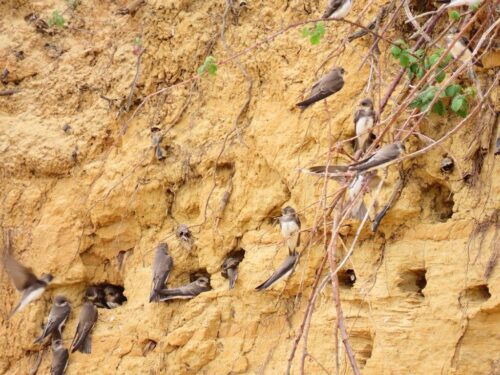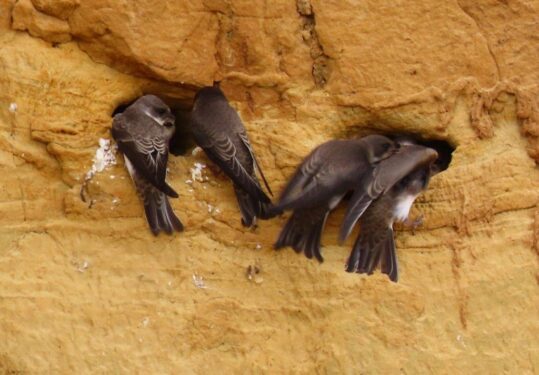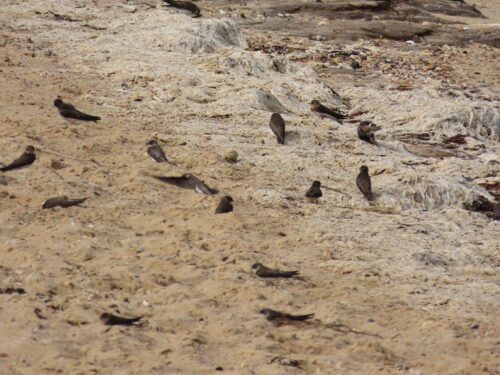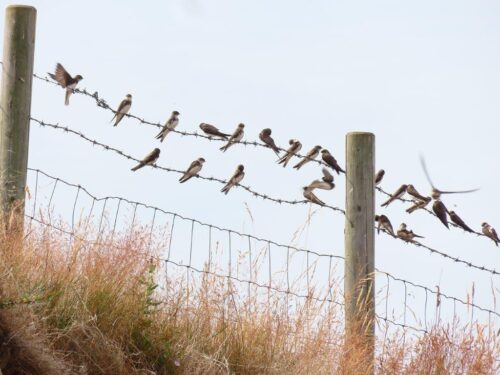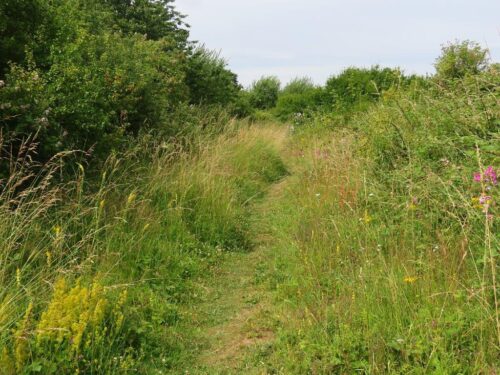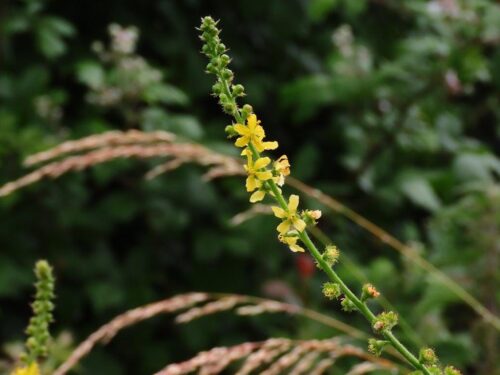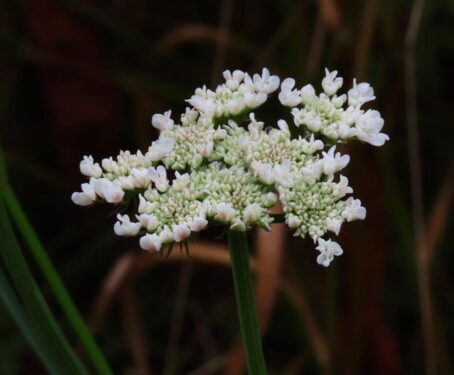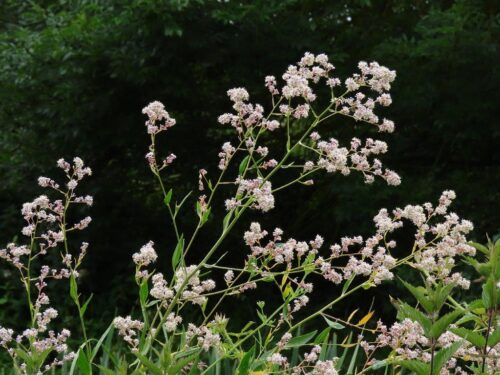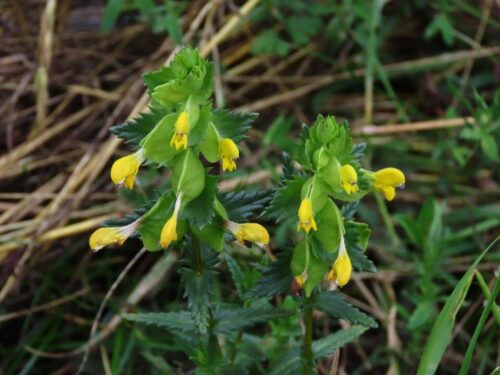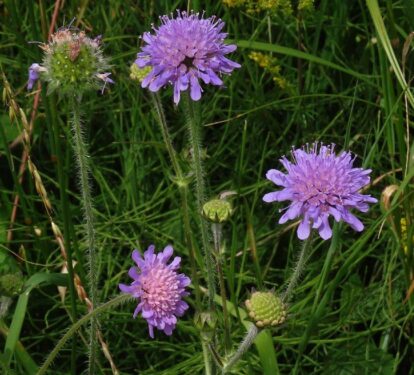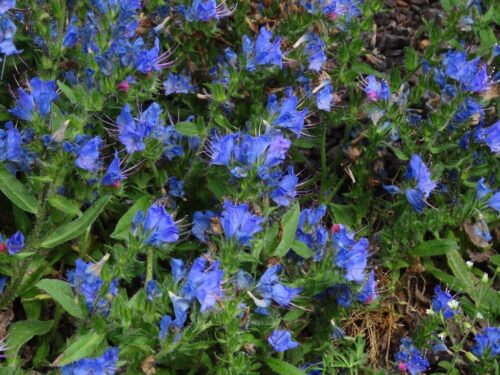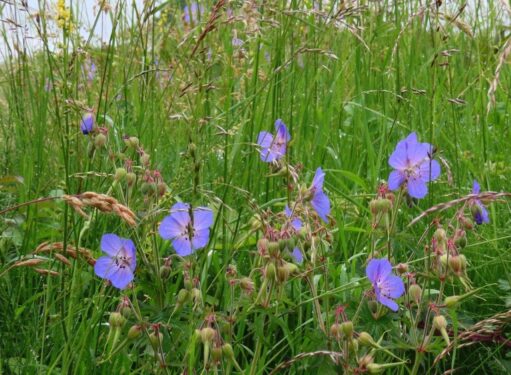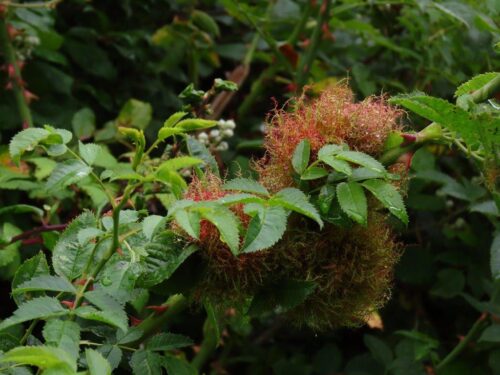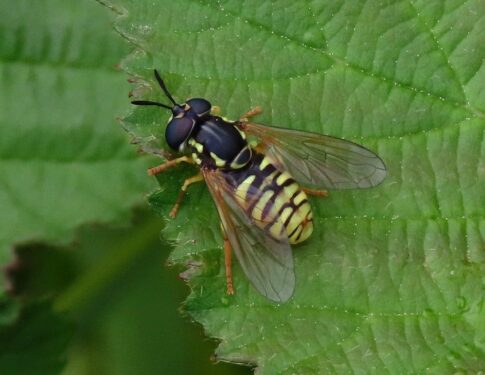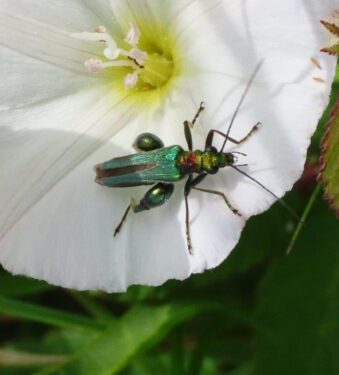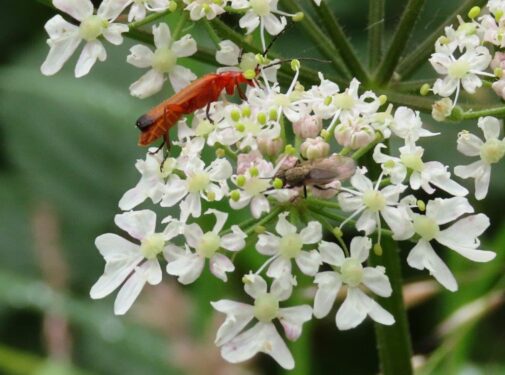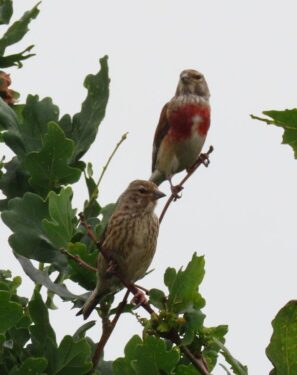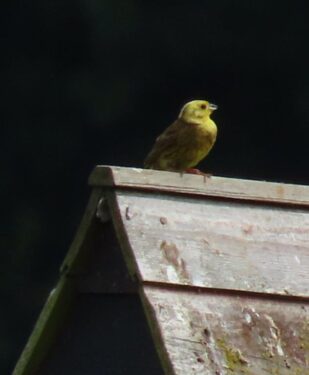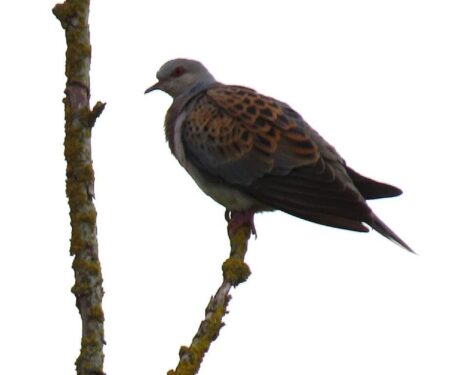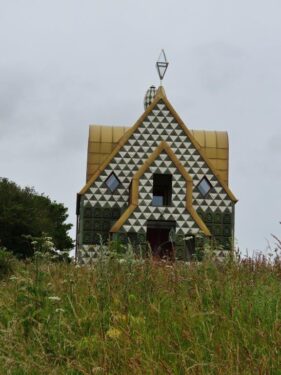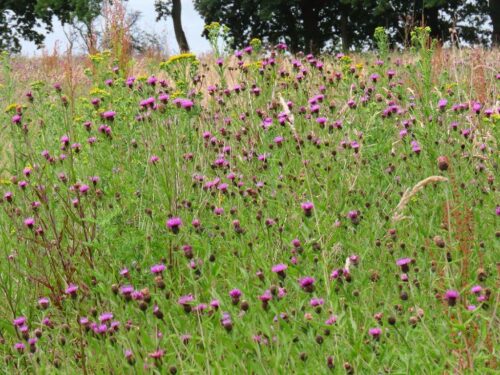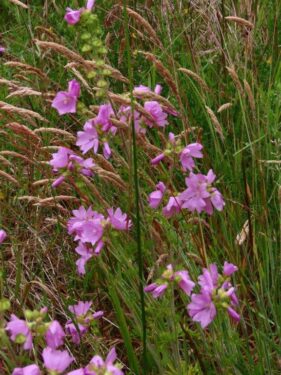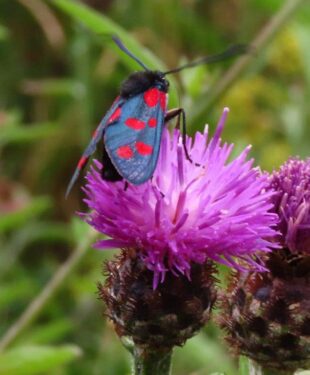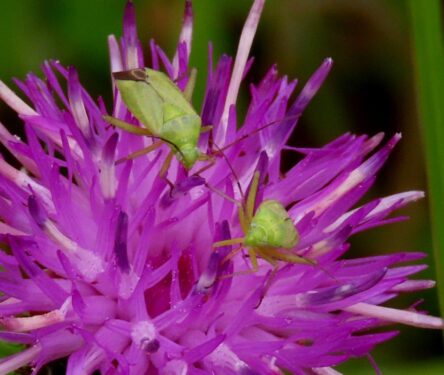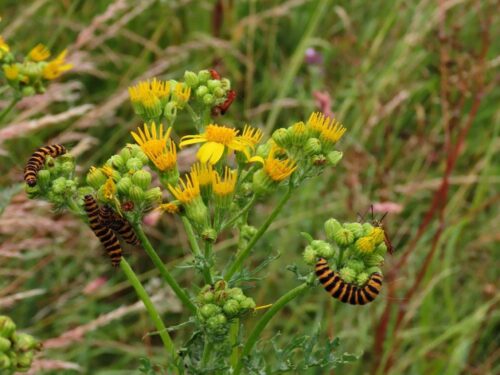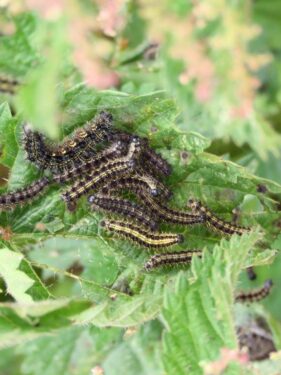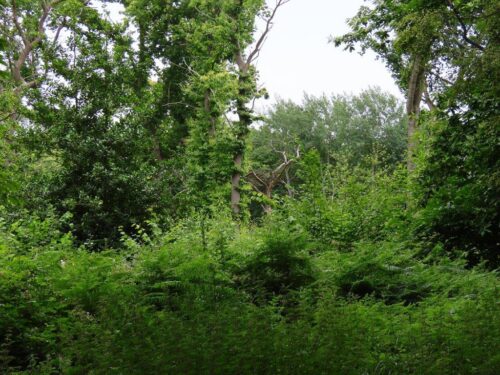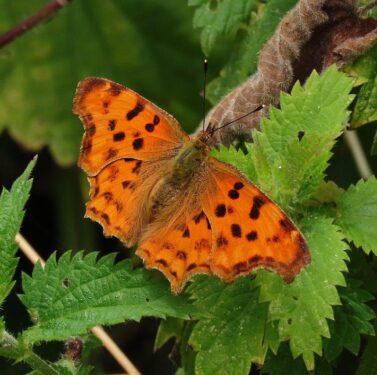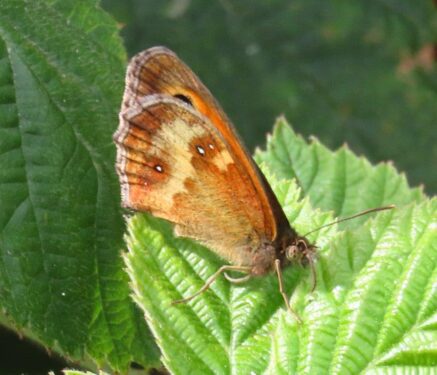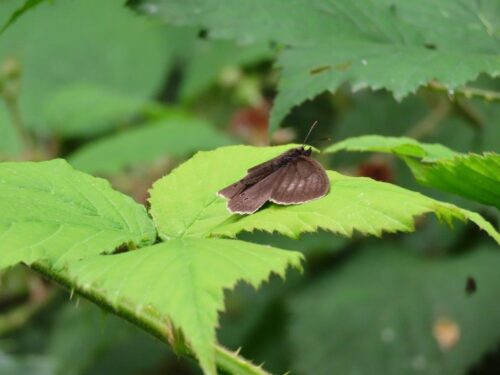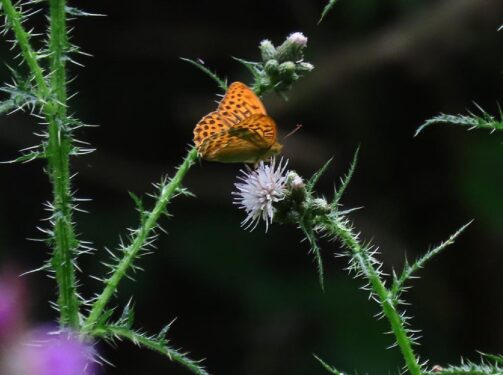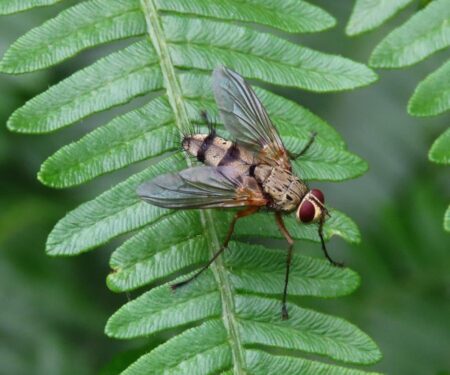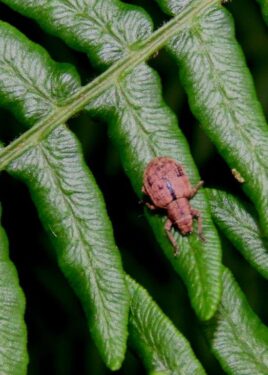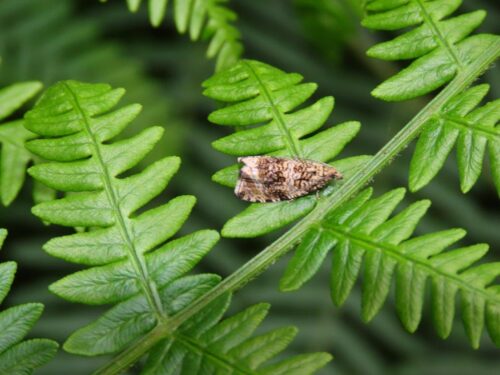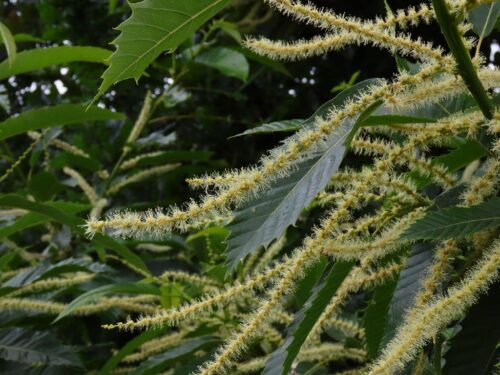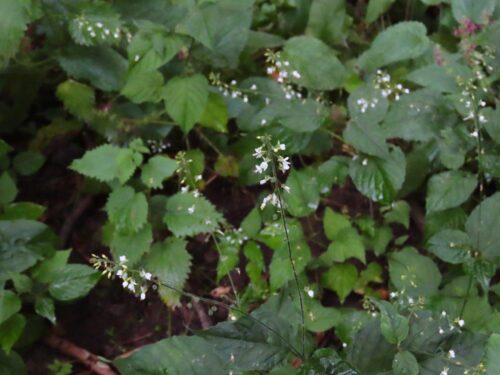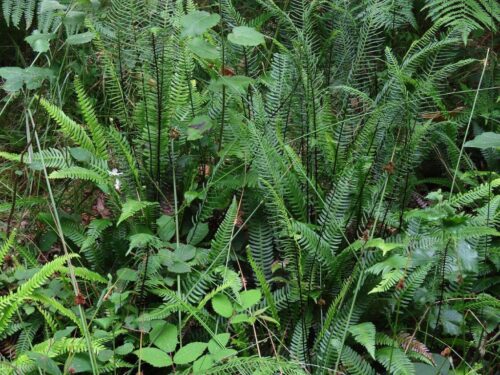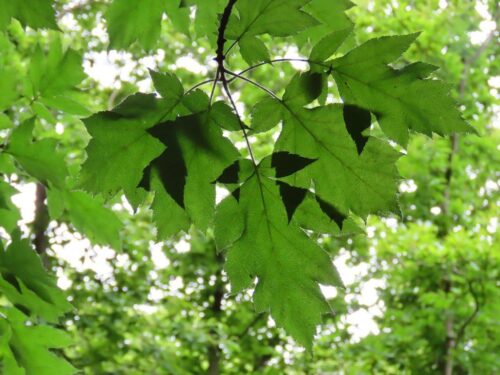The Wild Side of Essex with Naturetrek moved to the Stour for the summer. There were two day-walks just a couple of weeks apart but they could not have been more different: that at the end of June was on an unaccustomedly dull and cool day while the second was at the start of July’s record-smashing (not in a good way) heatwave, so hot that I took the decision to cut the walking (especially out in the open) by a half…
So those on the hot walk largely missed out on the long stretch of foreshore between Jacques Bay and Stour Wood. A fascinating frontage, this is one of very few points on the Essex coast where ancient wood abuts estuary, and also has an almost unique rocky shore on the exposures of the Harwich Stone Band which lies in the layered London Clay. In fact, here and nearby at Harwich are the only natural rocky shore habitats between north Norfolk and north Kent.
The shore walk produced lots of interest, from breeding Green Woodpeckers among the collapsing trees to stranded Moon Jellyfish, patches of Gutweed and dense casts of Lugworms, the latter two features being signs of nature replenishing itself in anticipation of the feeding frenzy of northern waders and wildfowl to come.
At the end of June, there were virtually no water birds apart from Black-headed Gulls, a single Curlew and a pair of probably locally breeding Oystercatchers; two weeks on, the floodgates had started to open, and there were dozens of Curlews, several Black-tailed Godwits and a Redshank in just the mudflats fronting East Grove. The saltmarshes were springing purple with Sea-lavender; other plants included Sea Beet, and Marsh-mallow at almost its last Essex location, though sadly not yet in flower. A couple of Cuckoos were prospecting the upper marshes, presumably for unfortunate Meadow Pipits.
But for both walks an early highlight was the Sand Martin colony, one of only three natural cliff sites in Essex. Wonderful, noisy aggregations of 400 or so grew to more than 500 by the second walk as more first brood fledglings were on the wing.
Wrabness Nature Reserve as ever gave a lovely mix of flowers, including Agrimony, Viper’s Bugloss, Corky-fruited Water-dropwort and Yellow Rattle…
… all being used by a range of insects, from Robin’s Pincushion gall wasps to Hogweed Bonking Beetles and Thick-thighed Beetles.
The scrub harboured excellent populations of declining farmland birds, including Yellowhammers, Linnets and Whitethroats, with Swallows hawking along the rides and Turtle Doves purring everywhere, at least six birds on our first visit. Single Marsh Harrier and Hobby gave brief flyovers.
Around Wrabness village, aside from the delights of the community shop/cafe and Grayson Perry’s ‘House for Essex’ several areas of arable reversion proved to be very rich in insects. Dominated by Common Knapweed, interspersed with Sainfoin and Musk Mallow, there were 6-spot Burnets buzzing around, with Cinnabar and Small Tortoiseshell caterpillars chomping the Ragwort and Stinging Nettle respectively.
Sadly, on the days we visited, Stour Wood proved disappointing for the hoped-for woodland specialities. Yes, there were plenty of Gatekeepers, Meadow Browns, Ringlets and Commas, but no White Admirals or Purple Emperors and just a very few Silver-washed Fritillaries. Perhaps the weather was against us, too dull on the first walk, too hot on the second?
Or perhaps it was not a good season. Certainly, Bracken appears to have dominated more heavily this year than usually and the banks of Bramble flowers we expect simply were not there, especially on the second walk when the effects of the ongoing and intensifying drought were all too apparent. At least the Bracken was being used by good numbers of the tachinid fly Dexiosoma caninum, a rather localized species in Essex, along with a few other insects.
Nevertheless, Sweet Chestnut in full flower bathed us in its mushroomy fragrance, Enchanter’s Nightshade and Yellow Pimpernel sparkled along the rides, Hard Fern was sending up its fertile fronds, and a few Wild Service Trees capped off the walks, all kinds of everything in a much overlooked corner of Essex.
